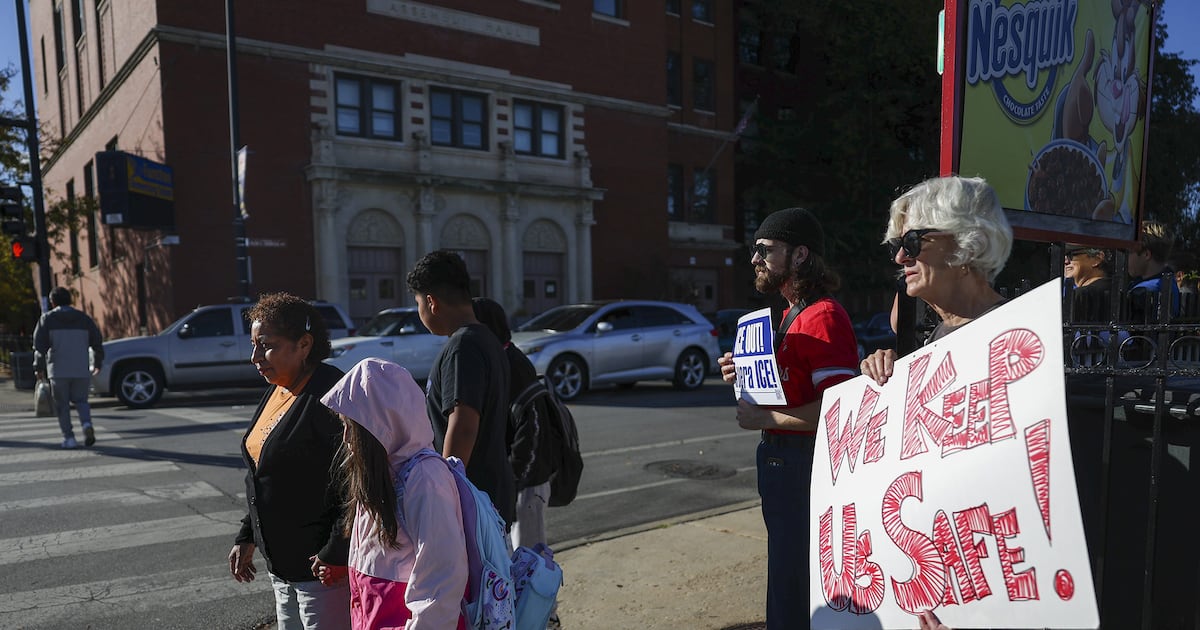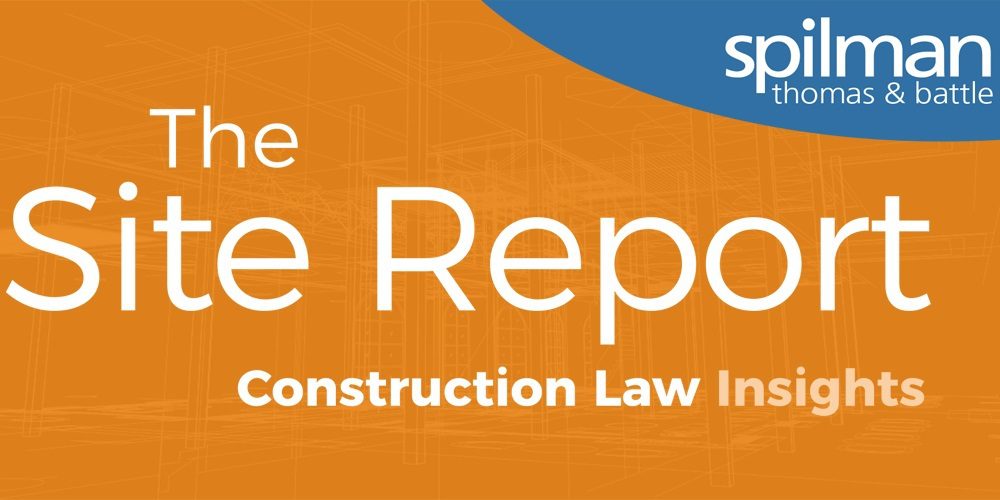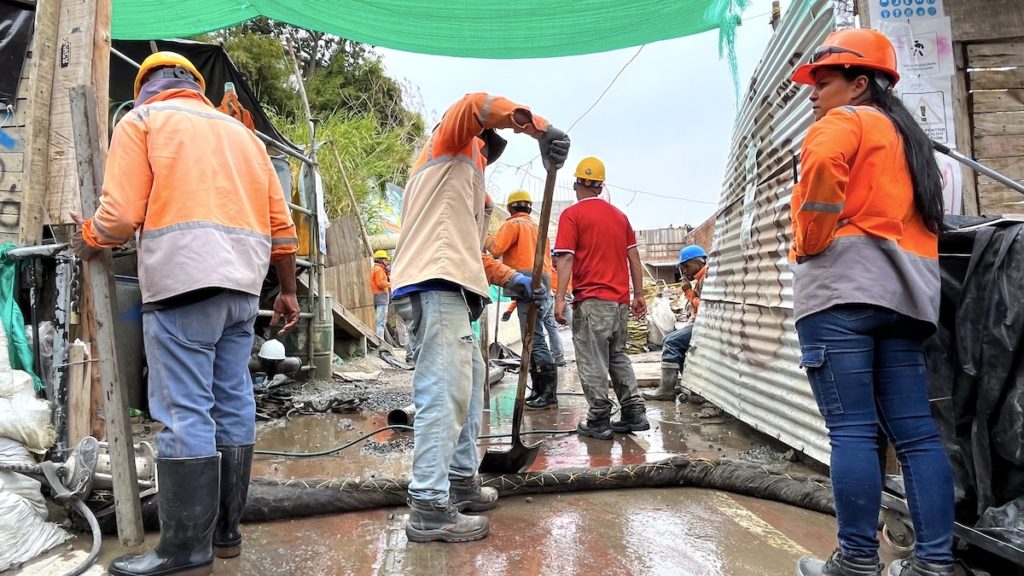Employers Still Need to Follow Tighter Standard When Unions Request Recognition: A Review of 2 Years of Post-Cemex Decisions – JD Supra

Analysis of the NLRB’s Cemex Decision and its Alignment with Sustainable Development Goals
Introduction: Labor Relations, the Cemex Decision, and Sustainable Development Goal 8
A 2023 decision by the National Labor Relations Board (NLRB), known as the Cemex ruling, has fundamentally altered the framework for union recognition in the United States. This report analyzes the decision and its subsequent application, placing significant emphasis on its relationship with the United Nations Sustainable Development Goals (SDGs), particularly SDG 8 (Decent Work and Economic Growth) and SDG 16 (Peace, Justice and Strong Institutions). The Cemex decision directly impacts the mechanisms for collective bargaining, a cornerstone of SDG Target 8.8, which calls for the protection of labor rights and the promotion of safe and secure working environments for all workers.
The Cemex Framework: Implications for SDG 8 & SDG 16
The Cemex ruling established a new process for employers when a union demands recognition based on majority support. This shift represents a significant change in the institutional framework (SDG 16) governing labor relations, designed to provide more robust protections for workers’ rights to organize (SDG 8). Under this framework, employers have the following options:
- Voluntary Recognition: An employer may recognize the union as the exclusive bargaining representative based on its claim of majority status.
- Petition for Election: An employer can promptly file an “RM” petition within two weeks of the demand to initiate a secret-ballot election, thereby testing the union’s claim of majority status or challenging the appropriateness of the proposed bargaining unit.
- Defend Unfair Labor Practice Charge: An employer may refuse to bargain and subsequently defend against an unfair labor practice charge by presenting evidence that the union lacked majority support from the outset.
Furthermore, the decision established a new standard for issuing a bargaining order as a remedy for unfair labor practices. This serves as a stronger enforcement mechanism, aligning with SDG 16’s call for effective and accountable institutions. A bargaining order is now deemed appropriate when the following conditions are met:
- The employer refuses the union’s request to bargain.
- The union has been designated as the representative by a majority of employees.
- The proposed bargaining unit is appropriate.
- The employer commits unfair labor practices that are significant enough to require setting the election aside.
Judicial Application and its Impact on Sustainable Development
A review of recent decisions by Administrative Law Judges (ALJs) reveals how the Cemex framework is being applied, with direct consequences for the advancement of decent work and justice. The outcomes demonstrate a judicial effort to balance the protection of labor rights with the specific context of each case.
Cases Resulting in Bargaining Orders: Upholding SDG 8.8
In several cases, ALJs have issued bargaining orders, reinforcing the principles of SDG 8 by protecting the right to organize and remedying actions that undermine fair labor practices.
- I.N.S.A., Inc. (Sept. 2023): A bargaining order was issued after the employer discharged the lead organizer and disciplined another supporter, actions which were found to have irreparably harmed the organizing effort and undermined the integrity of the election process.
- Big Green (Dec. 2023): A bargaining order was deemed warranted to protect the employees’ majority selection of a representative in response to the employer’s swift and severe unfair labor practices, including interrogation, threats, and discharges.
- RCL Mechanical (May 2025): An order was issued after company leadership engaged in interrogation, made promises of benefits, issued threats of layoffs, and created an impression of surveillance, thereby violating workers’ fundamental rights.
Cases Not Resulting in Bargaining Orders: A Nuanced Interpretation
In other instances, ALJs have declined to issue bargaining orders, illustrating a nuanced application of the law where the employer’s conduct was not deemed sufficiently severe to invalidate the election process. These decisions reflect the role of judicial bodies (SDG 16) in assessing the proportionality of remedies.
- Garten Trucking LC (Dec. 2023): A bargaining order was not issued because a single unlawful statement by the employer was considered insufficient to require setting aside the election results. The ALJ determined a standard notice remedy would suffice.
- Mattos Hospitality, LLC (April 2025): An order was declined because the employer’s violations, such as creating an impression of surveillance and soliciting grievances, were not considered hallmark violations that would have substantially interfered with the election outcome.
- Yapp USA Automotive Systems, Inc. (June 2025): A bargaining order was not issued where the employer’s violations (providing a catered lunch and a bowling event) were considered mitigated by other factors and did not involve more egregious conduct or evidence of decreased union support.
Strategic Recommendations for Employers Aligned with SDG Principles
Until the Cemex decision is potentially overturned, employers face a heightened risk when responding to union organizing. Adopting a strategic approach that aligns with the principles of corporate responsibility and the SDGs is essential for navigating this legal landscape. The following steps are recommended to ensure compliance and foster labor relations consistent with SDG 8 and SDG 16.
- Develop a Proactive Response Plan: Given the short timeframe for response, organizations should have a pre-determined plan for addressing a union recognition demand, including the decision-making process for whether to recognize the union or file a timely RM petition.
- Enhance Management Training on Labor Rights: Invest in comprehensive training for supervisors and managers on fair labor practices. This proactive measure helps prevent unintentional unfair labor practices that could trigger a bargaining order, thereby upholding the principles of decent work (SDG 8).
- Conduct Audits of Policies and Procedures: Regularly review and audit human resources policies, disciplinary practices, and employee handbooks to ensure they are applied consistently and are compliant with labor laws. This promotes transparency and accountability, key tenets of strong institutions (SDG 16).
- Engage Legal Counsel for Strategic Guidance: The complexities of the Cemex framework necessitate expert legal advice. Engaging experienced labor counsel early in the process can help an organization navigate its obligations and avoid missteps that could lead to significant legal and operational consequences.
SDGs Addressed in the Article
SDG 8: Decent Work and Economic Growth
- The article directly addresses the fundamental principles of decent work by focusing on labor rights, specifically the right of employees to organize and engage in collective bargaining through unions.
- It discusses the legal framework designed to protect these rights and the challenges faced by workers, such as “unfair labor practices” committed by employers to undermine unionization efforts. These practices, including “discharging the lead employee organizer” and “threats of layoffs,” are antithetical to the concept of decent work.
SDG 16: Peace, Justice and Strong Institutions
- The article centers on the role of a key national institution, the National Labor Relations Board (NLRB), and its Administrative Law Judges (ALJs) in upholding the rule of law in labor relations.
- It examines the effectiveness and accountability of this institution through its landmark Cemex decision, which “overruled decades-old precedent.” The discussion of various case rulings (e.g., I.N.S.A., Inc., Garten Trucking LC) demonstrates the process of ensuring access to justice for employees and employers in labor disputes.
Specific Targets Identified
SDG 8 Targets
-
Target 8.8: Protect labour rights and promote safe and secure working environments for all workers.
The entire article is dedicated to this target. It analyzes the Cemex decision, which redefines the process for union recognition, a fundamental labor right. The detailed accounts of “unfair labor practices” — such as “interrogation, threats, and discipline and discharge of several employees who supported the union” — highlight the ongoing need to protect these rights.
-
Target 8.5: By 2030, achieve full and productive employment and decent work for all women and men…
While not about full employment, the article is intrinsically linked to the “decent work” component of this target. The ability for workers to form unions and bargain collectively is a cornerstone of achieving decent work. The article explores the struggle for this right, where employers’ actions can undermine working conditions and employee representation.
SDG 16 Targets
-
Target 16.3: Promote the rule of law at the national and international levels and ensure equal access to justice for all.
The article provides a clear example of the rule of law in action within a national context. It describes how a legal precedent (Cemex) set by a quasi-judicial body (NLRB) is being applied by ALJs to resolve disputes. The case summaries show how the legal system provides a mechanism for workers to seek justice when they believe their right to organize has been violated.
-
Target 16.6: Develop effective, accountable and transparent institutions at all levels.
The NLRB is the central institution discussed. The article analyzes its effectiveness through the impact of the Cemex ruling. It also touches on institutional challenges, noting the NLRB “presently lacks a quorum,” which affects its ability to function and be accountable in overturning or modifying its own precedents.
Indicators for Measuring Progress
Indicators for SDG 8
- Frequency and nature of unfair labor practices (ULPs): The article implicitly suggests this as a key indicator by listing specific ULPs found in various cases. These include “discharging the lead employee organizer,” “threats of layoffs and reprisals,” “creating the impression of surveillance,” and providing benefits like a “catered lunch and a bowling event” to discourage union support. Tracking the prevalence of such incidents would measure progress towards protecting labor rights.
- Number of bargaining orders issued under Cemex: The article explicitly uses this as a measure of the ruling’s impact. It categorizes recent ALJ decisions into “BARGAINING ORDER ISSUED” and “BARGAINING ORDER NOT ISSUED.” This binary outcome serves as a direct indicator of whether employer conduct was deemed severe enough to bypass a new election and mandate collective bargaining.
- Evidence of majority support for union representation: The article mentions unions demonstrating majority status, for example, when “20 of 28 unit employees signed a recognition petition and authorization cards.” The frequency with which unions can demonstrate such majority support is an indicator of employee desire for representation.
Indicators for SDG 16
- Number and outcome of labor disputes resolved by ALJs: The article’s core content is a “survey of ALJ opinions throughout the nation applying Cemex.” The specific cases cited (I.N.S.A., Inc., Big Green, RCL Mechanical, etc.) are data points representing the functioning of the justice system in this area. Tracking these resolutions indicates the institution’s activity in upholding the rule of law.
- Evolution of legal precedents and regulations: The primary subject, the Cemex decision, is itself an indicator. The article notes it “overruled decades-old precedent,” signifying a major shift in the legal framework governing labor relations. Future changes, such as a potential rollback of Cemex, would be further indicators of the evolution of institutional rules.
Table of SDGs, Targets, and Indicators
| SDGs | Targets | Indicators |
|---|---|---|
| SDG 8: Decent Work and Economic Growth | Target 8.8: Protect labour rights and promote safe and secure working environments for all workers. |
|
| SDG 16: Peace, Justice and Strong Institutions | Target 16.3: Promote the rule of law at the national and international levels and ensure equal access to justice for all. |
|
| SDG 16: Peace, Justice and Strong Institutions | Target 16.6: Develop effective, accountable and transparent institutions at all levels. |
|
Source: jdsupra.com

What is Your Reaction?
 Like
0
Like
0
 Dislike
0
Dislike
0
 Love
0
Love
0
 Funny
0
Funny
0
 Angry
0
Angry
0
 Sad
0
Sad
0
 Wow
0
Wow
0














































































